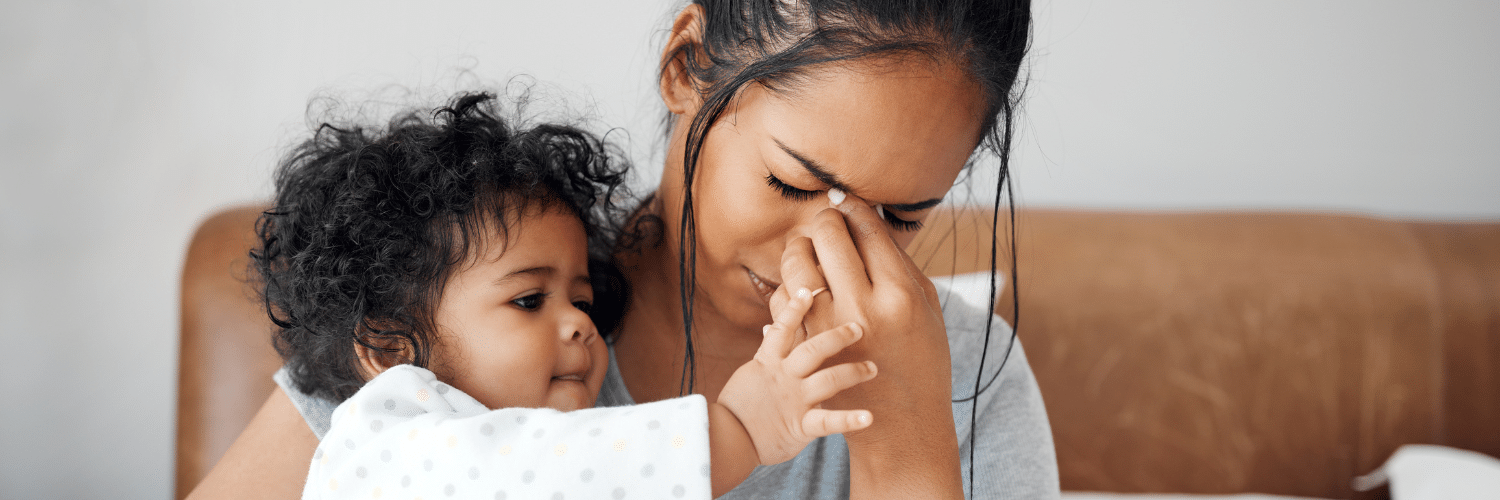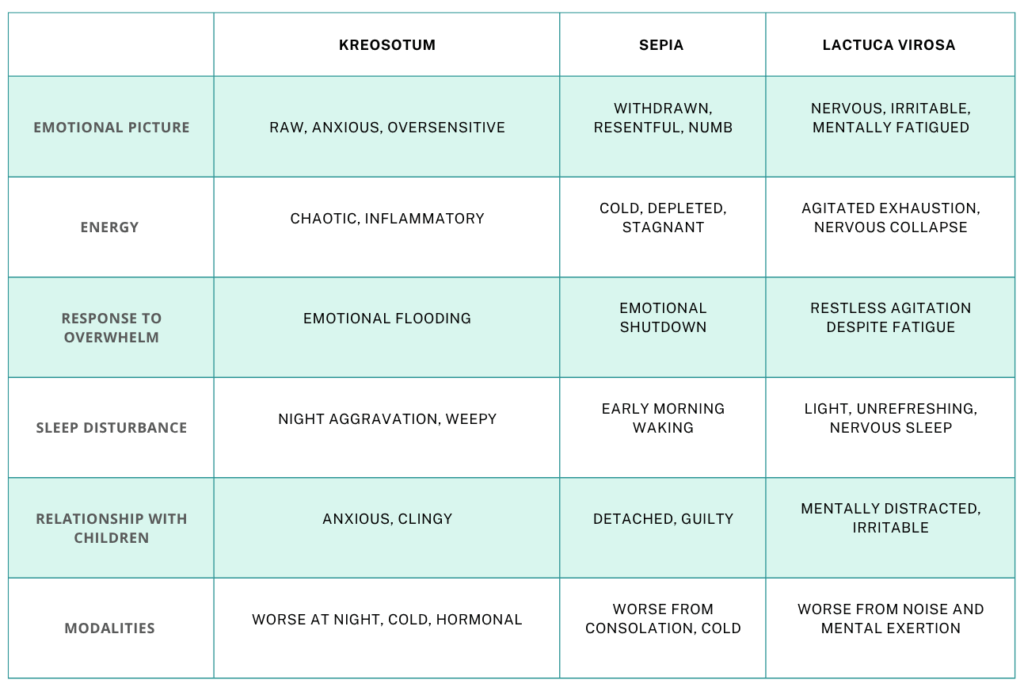
Why Chest Infections and Coughs Flare in Autumn and Winter – And How Homeopathy Can Help
Why Chest Infections and Coughs Flare in Autumn and Winter

A Comparative Clinical Analysis for Professional Homeopaths

Homeopath and CHE PRO Community Manager
In today’s hyper-connected, overstimulated world, the modern mother is navigating terrain her ancestors never imagined. Social media idealises motherhood while offering no practical support. Families live further apart, communities are fragmented, and the relentless pressure to be everything; emotionally present, professionally successful, aesthetically polished; is pushing mothers to the edge.
Homeopathy offers a deeply humane response to this epidemic of maternal burnout. Two of our most powerful remedies in this space are Kreosotum and Sepia. While both address emotional exhaustion, hormonal imbalance, and overwhelm, they speak to very different experiences of motherhood under modern pressures.
Today’s mothers are not just physically tired; they are emotionally saturated and existentially depleted.
These patterns are more than personal. They’re cultural syndromes, and homeopathy has the tools to meet them at depth.
In an age where mothers are bombarded with safety warnings, online parenting comparisons, and the pressure to “bounce back” after birth, Kreosotum speaks to the mother who is unraveling. She’s not just overwhelmed; she’s emotionally raw, overexposed, and fraying at the seams.
Modern Profile:
Clinical Clues:
Sepia is archetypal in today’s world: the mother who holds it all; the mental load, the school admin, the emotional needs of the family, and loses herself in the process. Her burnout is invisible but profound. She may look “fine” on the outside but inside, she’s empty.
Modern Profile:
Clinical Clues:
Use Kreosotum When:
Use Sepia When:
As we deepen our understanding of maternal overwhelm in the 21st century, Lactuca virosa (Wild Lettuce) is emerging as an interesting remedy for mothers experiencing nervous exhaustion, irritability, and emotional withdrawal that doesn’t fully fit the classic profiles of Kreosotum or Sepia.
Derived from a plant known for its sedative and analgesic properties, Lactuca virosa’s homeopathic picture reflects modern-day burnout fueled by constant overstimulation, sleep deprivation, and mental fatigue; realities familiar to many mothers today.
Key Characteristics of Lactuca virosa

The modern mother is navigating chronic stressors that earlier generations never encountered; digital overwhelm, performance pressure, lack of communal support, and fractured personal identities.
As professional homeopaths, we’re not just prescribing remedies. We are bearing witness to the emotional ecosystems women are surviving within. Our job is to listen for the remedy within the narrative. Is the mother emotionally flooded, like Kreosotum? Emotionally dried out, like Sepia? Or exhausted yet nervously restless, like Lactuca virosa?
When we understand the inner pattern beneath the exhaustion, we can prescribe not just accurately, but compassionately.
Disclaimer
The content shared here is intended for informational purposes only and should not be considered a replacement for professional medical advice, diagnosis, or treatment from a qualified and licensed healthcare provider. The views and opinions expressed in this presentation are those of the presenter and do not necessarily represent those of CHE or any affiliated organisations.

Why Chest Infections and Coughs Flare in Autumn and Winter

30C or 200C? How to Know What to Do Next

Healing is a Voyage: Following the Patient, Not a Protocol